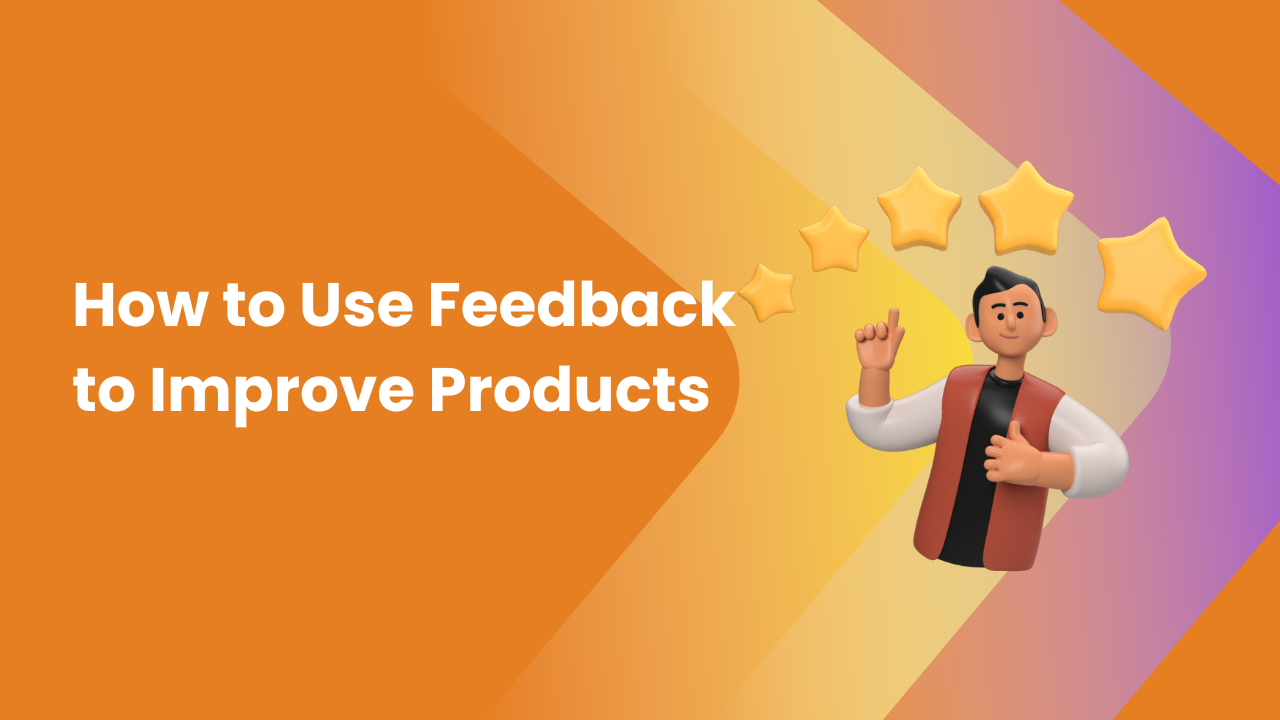Share this Article
Introduction
In today’s competitive business landscape, understanding customer needs is essential for creating successful products. Feedback from users provides invaluable insight into what works well, what needs improvement, and where new opportunities lie. For e-commerce businesses, startups, and traditional companies in Nepal, effectively using feedback can enhance product quality, improve customer satisfaction, and drive business growth. Feedback is not merely criticism; it is a roadmap to better decision-making, innovation, and long-term success.
The Importance of Customer Feedback
Customer feedback serves as a direct connection between businesses and their users. It helps companies identify strengths and weaknesses, understand consumer preferences, and uncover unmet needs. For instance, an online clothing store may receive repeated comments about sizing inconsistencies. Acting on this feedback can lead to improved sizing charts or adjustments in product measurements. Ignoring feedback, however, can result in negative reviews, decreased sales, and loss of customer trust. Businesses that actively seek and respond to feedback demonstrate commitment to continuous improvement and enhance their brand reputation.
Methods for Collecting Feedback
Effective feedback collection requires multiple channels to capture a wide range of insights. Surveys and questionnaires allow businesses to gather structured input on specific product features or experiences. Product reviews provide authentic opinions from real users, revealing patterns in satisfaction or dissatisfaction. Social media platforms and online communities offer real-time feedback, where comments and discussions highlight trends and expectations. Customer support interactions are also rich sources of feedback, revealing recurring issues or areas for improvement. Beta testing and focus groups, especially for new products, provide detailed, actionable feedback before a full launch. Combining these channels ensures a comprehensive understanding of customer needs.
Analyzing Feedback for Insights
Collecting feedback is only the first step; analyzing it is where the value is realized. Quantitative feedback, such as ratings or survey scores, helps businesses identify trends and measure overall product performance. Qualitative feedback, including comments and open-ended suggestions, offers deeper insights into user experiences and motivations. For example, if multiple users describe a mobile app feature as confusing, it signals a usability issue that requires attention. By combining both quantitative and qualitative analysis, businesses can make informed decisions and prioritize actions that will have the greatest impact on product improvement.
Prioritizing Feedback
Not all feedback is equally urgent or important. Businesses must prioritize improvements based on the frequency of the issue, its impact on the user experience, and the feasibility of implementing changes. High-impact, recurring problems should be addressed immediately, while minor suggestions can be scheduled for later updates. For example, if an online grocery platform receives frequent complaints about delayed deliveries, this is a critical issue that must be resolved promptly. In contrast, requests for minor visual changes on a website, while valuable, may be implemented over a longer timeline. Strategic prioritization ensures resources are used efficiently and improvements deliver maximum value.
Implementing Feedback-Driven Changes
Once feedback has been analyzed and prioritized, implementation is the next crucial step. Businesses should develop a clear action plan outlining what changes are required, who is responsible, and the expected timeline. Testing updates before full deployment ensures that improvements address the issues without introducing new problems. Communicating changes to customers reinforces the value of their feedback and demonstrates that the business listens and responds. For example, a mobile app that was previously slow may be optimized for faster performance, and customers can be informed about the improved experience through app notifications or email updates.
Closing the Feedback Loop
Closing the feedback loop is essential to maintain trust and encourage ongoing engagement. Customers need to see that their input leads to tangible action. Businesses can communicate improvements through newsletters, social media announcements, or direct messages, highlighting how feedback influenced changes. For example, a Nepali skincare brand that improves product packaging based on customer suggestions can notify users of the change, showing responsiveness and appreciation. Closing the loop fosters loyalty and motivates customers to continue providing feedback in the future.
Feedback as a Tool for Innovation
Feedback is not only useful for fixing problems but also for driving innovation. Customer suggestions often reveal unmet needs or new product ideas that businesses may not have considered. An e-commerce platform might discover that users want bundled product options or subscription services, providing opportunities for new revenue streams. By analyzing and acting on these insights, businesses can differentiate themselves from competitors, develop products that truly meet market demand, and increase overall satisfaction. Feedback-driven innovation ensures that product evolution aligns with customer expectations and industry trends.
Building a Feedback-Friendly Culture
To fully benefit from customer feedback, businesses must cultivate a culture that values input from both customers and employees. Encouraging open communication, integrating feedback into decision-making processes, and rewarding employees for implementing improvements fosters continuous product development. Training teams to actively listen to customer insights, analyze trends, and take decisive action strengthens the organization’s ability to adapt and innovate. A culture centered on feedback ensures that product quality and customer satisfaction remain a priority across the business.
Conclusion
Feedback is a powerful resource for improving products, fostering innovation, and increasing customer satisfaction. By systematically collecting feedback through surveys, reviews, social media, support interactions, and beta testing, businesses gain actionable insights into customer preferences and pain points. Analyzing this data, prioritizing changes, implementing improvements, and closing the feedback loop strengthens trust and encourages ongoing engagement. For Nepali businesses and e-commerce platforms, effectively using feedback enhances product quality, builds stronger customer relationships, and drives long-term growth. Feedback is not just a tool for correction; it is a strategic asset that guides businesses toward sustained success.
Categories:
E-commerce Tips & Tutorials
Tags:
Online Store in Nepal
,
local businesses
,
e-commerce app
,
Small Business
,
strong brand
,
E-commerce







